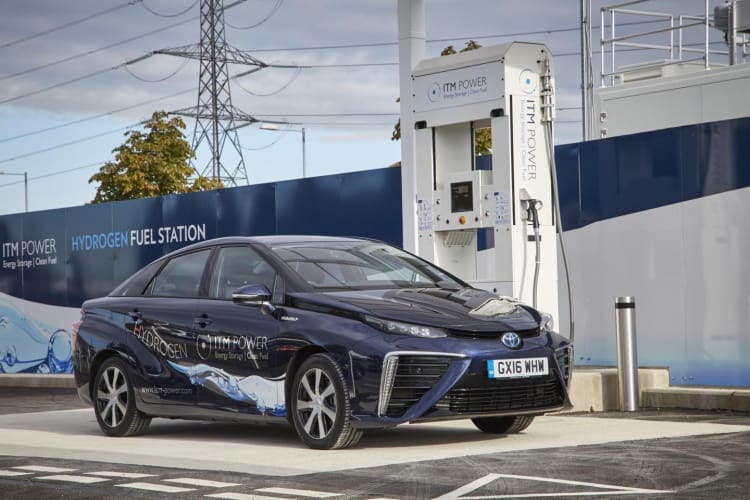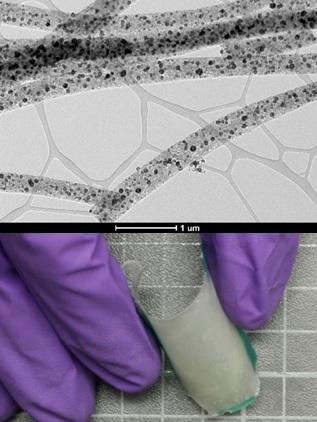New catalyst material could ignite fuel cell revolution
A new type of catalyst to replace the platinum in fuel cells could potentially make hydrogen-powered vehicles considerably cheaper.

(Credit: BEXIM via CC)
Developed at the University of California, Riverside (UCR), the material is made of porous carbon nanofibres embedded with ions from either cobalt, iron or nickel. Due to their relative abundance, these metals can be up to 100 times cheaper than platinum, a key component in most polymer electrolyte membrane fuel cells (PEMFC) used today. The work is published in the journal Small.
Employing a technique called electrospinning, the UCR researchers made paper-thin sheets of carbon nanofibres embedded with the metal ions. Once heated, the ions formed ultrafine metal nanoparticles that catalysed the transformation of carbon into a high-performance graphite. The metal nanoparticles and residual non-graphite carbon were then oxidised, leading to a highly porous network of nanoparticles dispersed in a porous network of graphite.

"The key to the high performance of the materials we created is the combination of the chemistry and fibre processing conditions," said David Kisailus, Professor in Energy Innovation at UCR's College of Engineering. "The remarkable electrochemical properties were primarily attributed to the synergistic effects obtained from the engineering of the metal oxide with exposed active sites and the 3D hierarchical porous graphitic structure."
Register now to continue reading
Thanks for visiting The Engineer. You’ve now reached your monthly limit of news stories. Register for free to unlock unlimited access to all of our news coverage, as well as premium content including opinion, in-depth features and special reports.
Benefits of registering
-
In-depth insights and coverage of key emerging trends
-
Unrestricted access to special reports throughout the year
-
Daily technology news delivered straight to your inbox










Water Sector Talent Exodus Could Cripple The Sector
Maybe if things are essential for the running of a country and we want to pay a fair price we should be running these utilities on a not for profit...